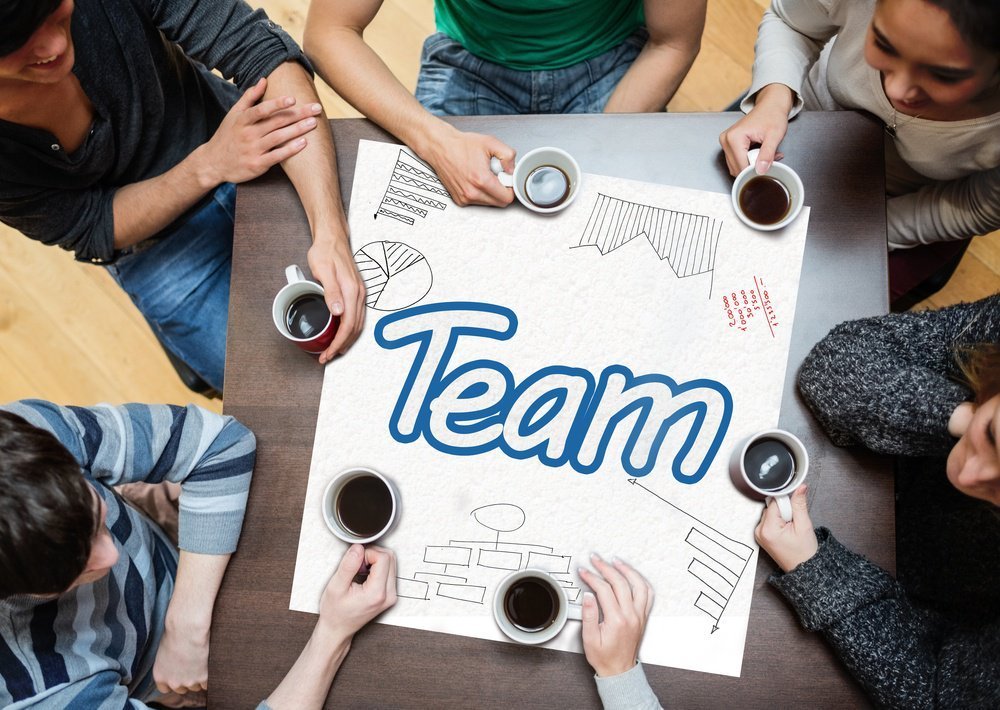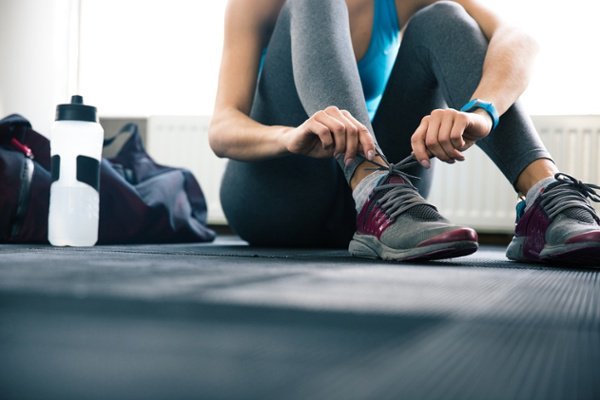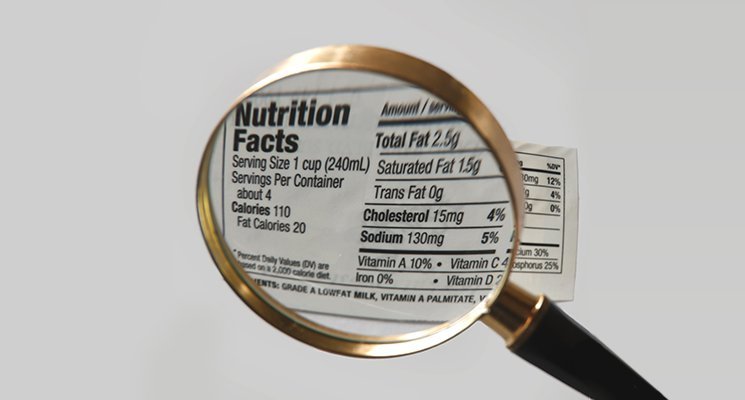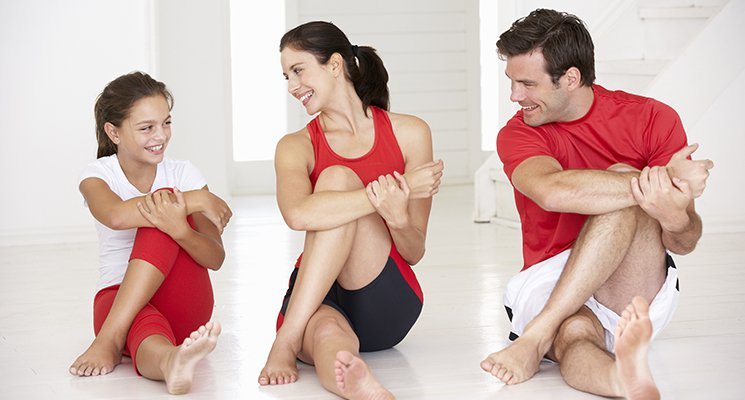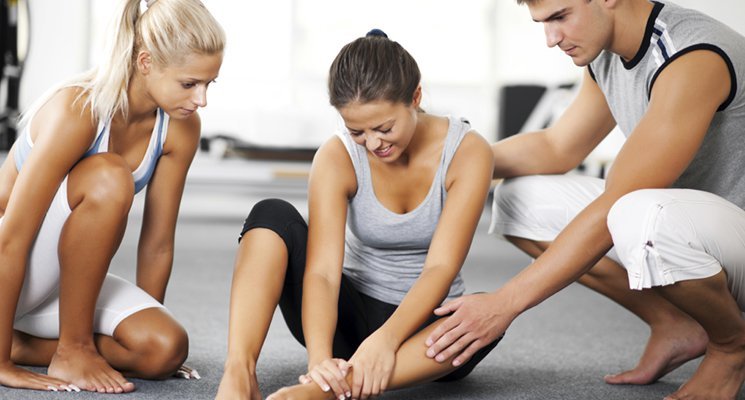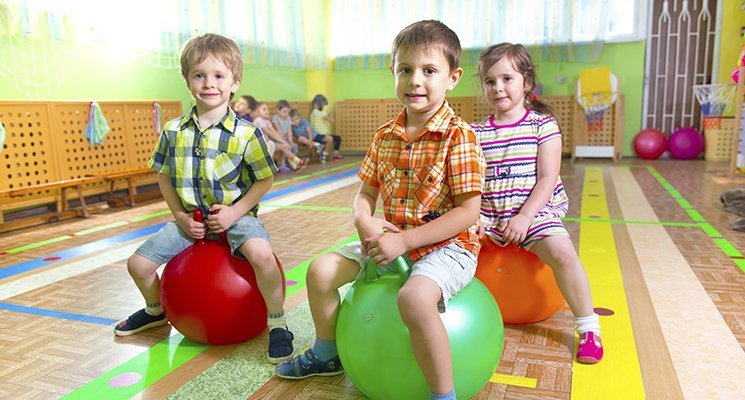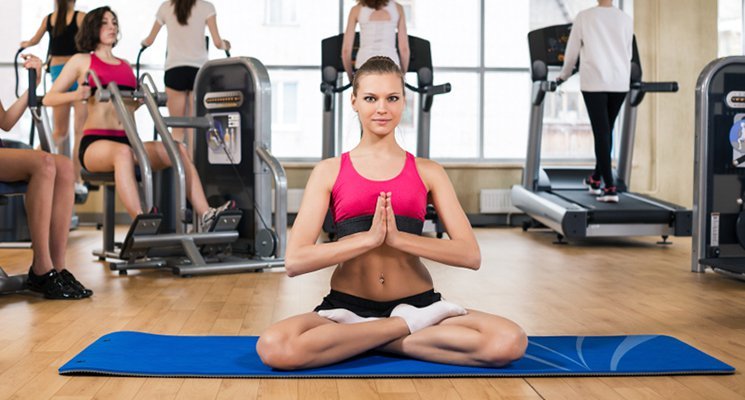When energy radiates within a team, productivity is at its peak. The spread of energy through a motivational speech has an incredible effect on the audience. Think of pro wrestling and game show hosts as examples of different energy. Both use short, simple phrases but bring the same stimulation from their audience. But there is a difference between both examples. The difference is confidence and enthusiasm.
Enthusiasm & Confidence
“Just do it!” and “You got this!” are much more different than what we think. Confidence is a buildup of self-esteem from within whereas enthusiasm has a higher chance of reaching a broader audience. When publishing outlets share motivational stories, they narrate the content with phrases like “This man reminds us to never give up!” that engage the audience and make them feel related to the story. Most motivational stories on their own, carry confidence rather than enthusiasm, so it is often the messenger’s job to add detail around the story to reach the audience.
Highlight the Little Things
Social media has brought attention to a lot of the little things in life. Relatable images, gifs and such are shared, spread, and watched by the millions of viewers every day. But popularity isn’t the only reason to highlight the little goals in your business, it’s a great opportunity to boost the human aspect of your business. A staff member got to the office extra early? Ask them to take a selfie and share it on your Twitter/FB page. Did someone bring a homemade healthy workout meal with them to work? Ask them to post a picture with the recipe in the text. You can even be a bit more marketing savvy and release ingredients only to the followers who like your post to encourage follower engagement!
Getting To Know Your Team More
Knowing your staff should be just as important as knowing your clientele. Which is a seemingly obvious standard for maintaining a good work ethic. However, going a bit deeper can also improve productivity in some areas. One way to start this objective is to identify the reactive and the active individuals in your group. It’s possible that not all members of your team will be recipient to situations in the same manner. For example, if a child has a minor injury while playing sports, one staff may go to the child first while another may contact the first aid kit. Both reactions are right in their own way, but effectively determining the character of each staff member can help you decide who and where to assign your team members.
